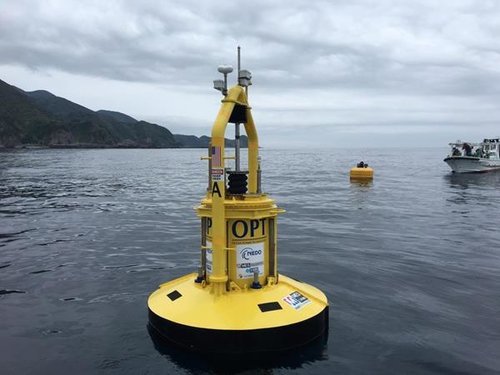
Ocean Power Technologies (OPT) announced today that it has signed a three-month contract with Premier Oil to conduct a decommissioning study of the PB3 PowerBuoy in the North Sea.
The OPT contract with Premier Oil would see the company conduct a series of studies to determine the viability of using the PB3 PowerBuoy to monitor and guard remaining wells and infrastructure.
OCT would look to assess the effectiveness of the PB3 in preventing vessel intrusion while it monitored and guarded the remaing well and subsea equipment after removal of a floating production, storage and offloading vessel and before decommissioning or well abandonment operations.
The PB3 would provide Premier Oil with real-time information on well integrity while also assessing well conditions.
George H. Kirby, president and chief executive officer of OPT, said: “We are excited about this new relationship and look forward to helping Premier Oil further enhance its operations. We believe our PowerBuoy could enable Premier Oil and other Operators to enhance the decommissioning planning process and at the same time ensure the safety of other users of the sea.
“The PB3 could potentially serve as an alternative to an on-site guard vessel, aiming to improve health, safety and environmental statistics and reducing operational costs while incorporating clean power into their offshore operations.”
As part of the study, OPT will work closely with Premier Oil’s other subsea suppliers to integrate their equipment with the PB3.
If the study proves successful the PB3 could be deployed within the North Sea as early as this year.
Pieter voor de Poorte, subsea decommissioning lead, of Premier Oil, added: “This technology aligns with our goals of increasing safety, efficiency and operational effectiveness through the development and utilization of the most advanced technologies that support our oil and gas activities.
“The PowerBuoy system will deliver on all these aspects and offer a step change in our decommissioning planning processes. It also opens up potential future applications for intelligent, remotely controlled small field developments.”
